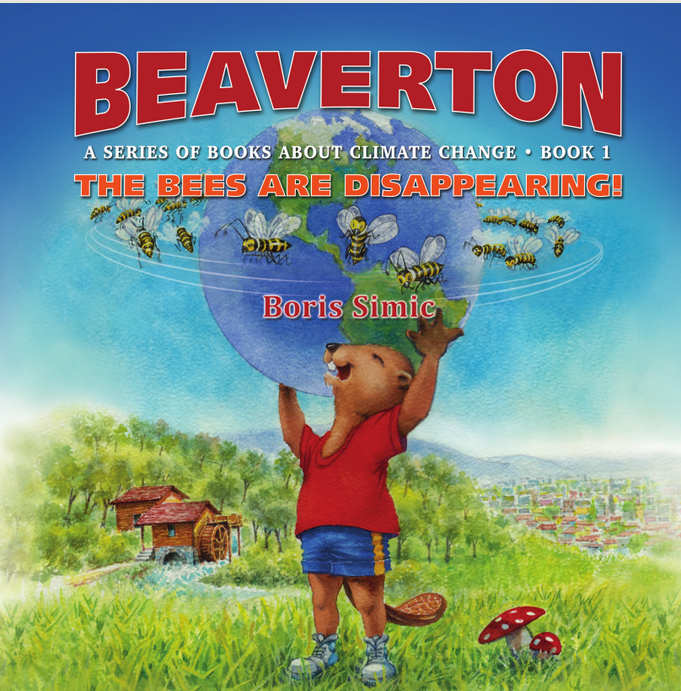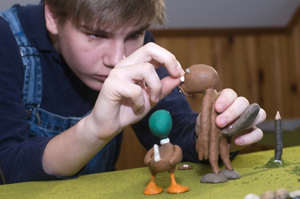Amy starts her grueling amazing 2 day mural this morning. I read about her talents in an article about a Napa historical project. She had done a number of drawing for that event, one of which was a darned accurate looking beaver. I tracked her down and wrote some buddies about it. Rusty Cohn was pretty sure that sometimes her husband and her watched beavers at the creek.
Say no more. That’s all I needed. I wrote her with praise and told her our story. At the time we were in the old park and our event was in August. I told her about the new park and how impressed we were with her work. She said she was interested but couldn’t come in August.
I wasn’t convinced about moving parks or moving dates. But the beavers had moved upstream and Amy was interested in coming in June. So we took a leap of faith.












































